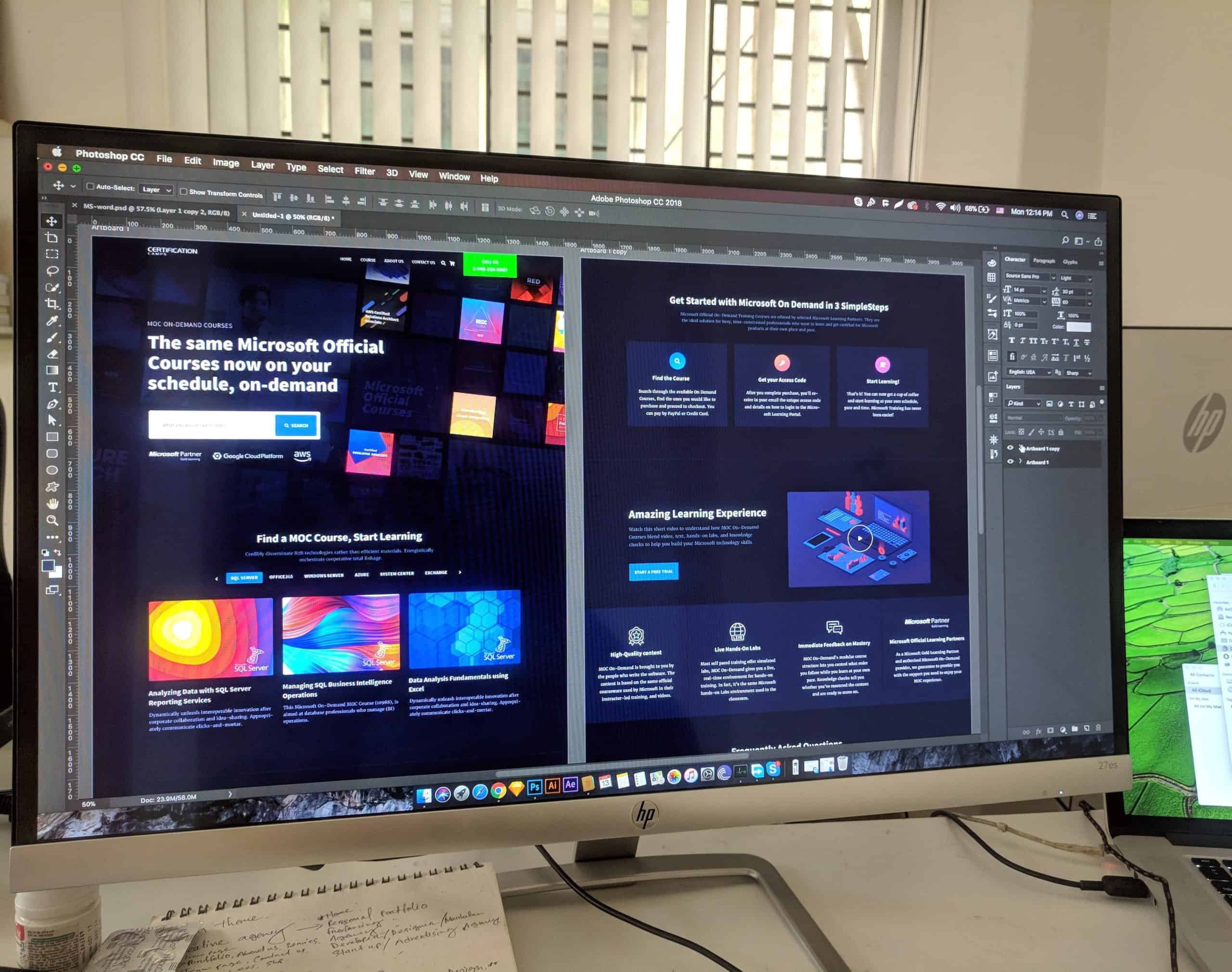How to Convert PX to REM; best online converter
In this article, we will delve into the intricacies of PX to REM conversion and unveil the best online converter tools that simplify this process. Whether you’re a seasoned developer seeking efficient solutions or a beginner eager to enhance your design skills, mastering the art of converting PX to REM will revolutionize your approach to responsive web design. Join us on this journey as we unlock the secrets behind seamless scalability and empower you with invaluable resources for optimizing your web projects.
How to Convert PX to REM
When converting PX to REM, the process can appear daunting at first, but with the right tools and understanding, it becomes a straightforward task. The em value is relative to the font size of its parent element, which makes it adaptable and responsive to various screen sizes. This dynamic nature of rem enhances flexibility and scalability in web design. To streamline the conversion process, online converters offer a convenient solution. By inputting the pixel value and base font size, these tools swiftly generate the corresponding rem value.
One key advantage of using REM units over PX is their adaptability to user settings, such as default font size preferences. By leveraging rem units effectively in your CSS code, you can create designs that are accessible and user-friendly across different devices and viewing conditions. Online converters provide a valuable resource for developers seeking efficient solutions while maintaining design consistency. Embracing this approach facilitates seamless scaling across diverse platforms without sacrificing visual integrity.

Understanding the difference between PX and REM
Understanding the difference between PX and REM is crucial for web developers and designers who want to create responsive and accessible websites. While PX (or pixels) are fixed units that don’t scale with changes in font size or device resolution, REM (or root em) is a relative unit that adjusts based on the root font size of the document. This means that using REM allows for greater flexibility and consistency across different devices, making it a preferred choice for responsive design.
The fundamental distinction lies in scalability – PX values remain constant, whereas REM values adapt to the root font size. This concept embodies the ethos of modern web development: creating designs that cater seamlessly to diverse screens, ensuring readability and user experience aren’t compromised. By comprehending this contrast and utilizing online converters effectively, developers can efficiently transition from PX to REM without sacrificing design integrity or functionality.
In conclusion, grasping the nuances between PX and REM empowers designers to create dynamic websites adaptable to various devices without compromising aesthetics or usability. Utilizing best online converters can streamline this process while promoting accessibility and user satisfaction in an increasingly multi-device digital landscape.
Why you should convert PX to REM
Converting PX to REM in your CSS may seem like an additional step, but the benefits far outweigh the initial effort. By using REM units, you gain the flexibility of scaling your website’s typography and layout based on the root element’s font size. This approach ensures a consistent experience across different devices and screen sizes, making your site more accessible and user-friendly. Additionally, using REM units simplifies maintenance and future updates, as changes to the root font size will automatically cascade through the entire design.
Furthermore, adopting REM over PX fosters a more semantic approach to styling, aligning with best practices for modern web development. With REM units, you can create designs that are adaptable and responsive without resorting to complex calculations or media queries. This not only streamlines your code but also enhances performance by reducing the need for excessive hard-coded pixel values that could lead to inconsistencies in various contexts. In essence, converting PX to REM empowers developers with a scalable and maintainable foundation for building dynamic web experiences.

Exploring the best online converters
Are you tired of the tedious task of manually converting pixels to rems for your web design projects? Look no further than the best online converters available at your fingertips. These powerful tools not only streamline the conversion process but also offer a plethora of added features to enhance your workflow.
One standout feature of these online converters is their ability to handle multiple units at once, saving you valuable time and effort. Additionally, many converters also provide real-time previews, allowing you to visualize the changes as you make them. This instant feedback can be a game-changer when fine-tuning your designs for pixel-perfection.
Furthermore, some advanced online converters come equipped with built-in optimization tools that automatically adjust font sizes and spacings based on responsive design principles. This automation not only simplifies the conversion process but also ensures that your designs are consistent across various devices and screen sizes.
In conclusion, by embracing these top-notch online converters for PX to REM conversions, designers can elevate their workflow efficiency while achieving pixel-perfect results. Whether it’s handling multiple units simultaneously or providing real-time previews and optimization features, these tools empower designers to take their projects to new heights with ease and precision.
Step-by-step guide to using the converter
One of the best online converters for converting PX to REM is a straightforward and user-friendly tool that simplifies the process. To begin, input the pixel (PX) value in the designated field. Next, specify the base font size in pixels or rems to ensure accuracy. Once these values are entered, hit the Convert button to instantly generate the equivalent value in rems.
After utilizing this converter, it’s important to remember that while PX is fixed and doesn’t change according to base font size adjustments, REM values do. Therefore, using this converter makes it easy to ensure consistency across various screen sizes and devices by providing a quick way to convert PX values into fluid REM units.

Tips for optimizing your conversion process
When optimizing your conversion process, it’s crucial to focus on user experience. A streamlined and intuitive conversion process can significantly impact your website’s overall success. Consider implementing a single-page checkout to reduce friction and increase conversions. Additionally, providing multiple payment options can cater to different user preferences, resulting in higher completion rates.
Furthermore, personalized recommendations during the conversion process can enhance the customer journey and encourage additional purchases. Implementing a smooth transition from product browsing to checkout will minimize abandoned carts and improve overall conversion rates. Lastly, optimizing load times and mobile responsiveness of your conversion pages is essential for capturing users on various devices and ensuring a seamless experience across all platforms. By prioritizing these key elements, you can effectively optimize your conversion process for improved results.
Conclusion: Mastering the transition from PX to REM
In conclusion, mastering the transition from PX to REM opens up a world of flexibility and scalability in web design. By using REM units, designers can ensure that their websites are responsive and accessible across various devices and screen sizes. This approach allows for consistent typography and layout, ensuring a more seamless user experience.
Furthermore, the use of REM units simplifies the process of adapting to different viewport sizes without compromising on design integrity. Embracing this shift not only future-proofs websites but also streamlines the development process by reducing the need for media queries and manual adjustments. Ultimately, mastering the conversion from PX to REM empowers designers to create adaptive and visually stunning websites with greater ease and precision.
- How To Make a WhatsApp Group Interesting? - July 4, 2024
- Top 6 High-Paying Affiliate Programs in 2024 - June 14, 2024
- What is DragGAN AI Tool and how to use it? - June 7, 2024
Where Should We Send
Your WordPress Deals & Discounts?
Subscribe to Our Newsletter and Get Your First Deal Delivered Instant to Your Email Inbox.



